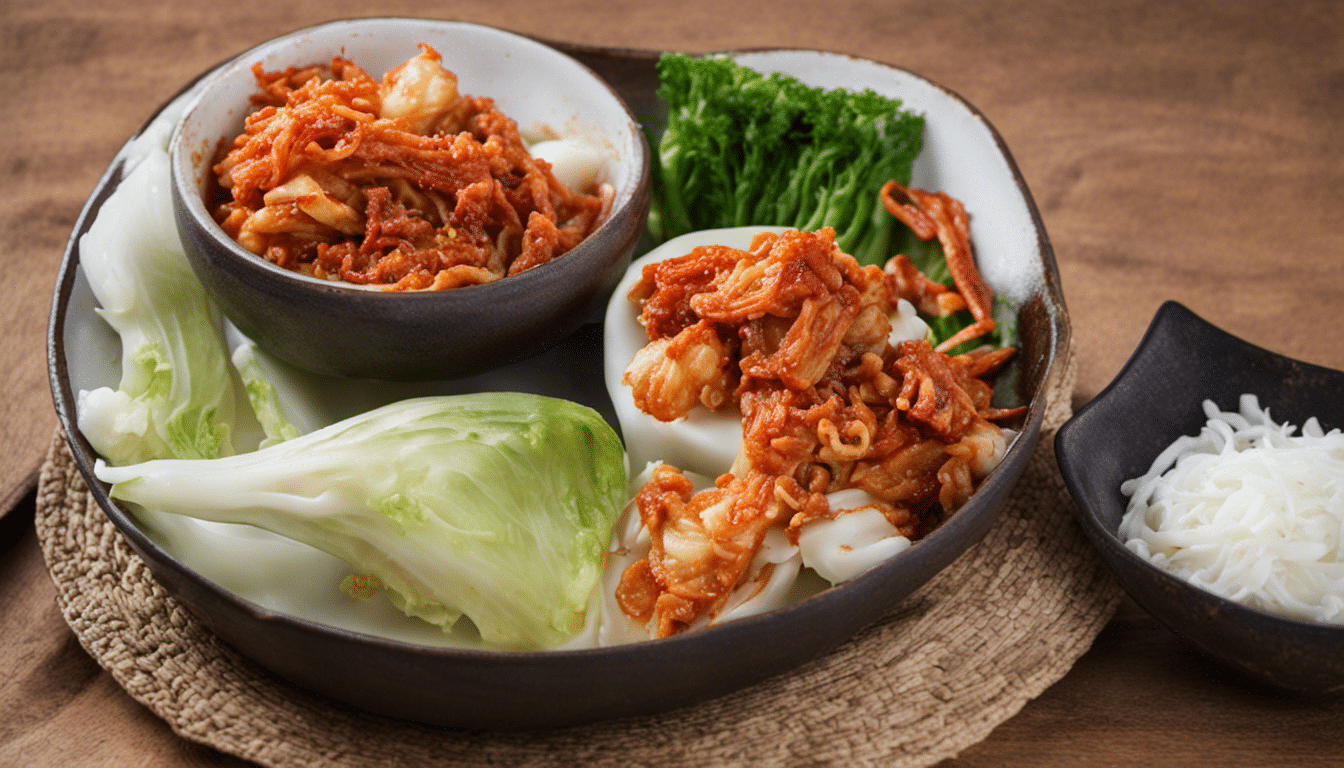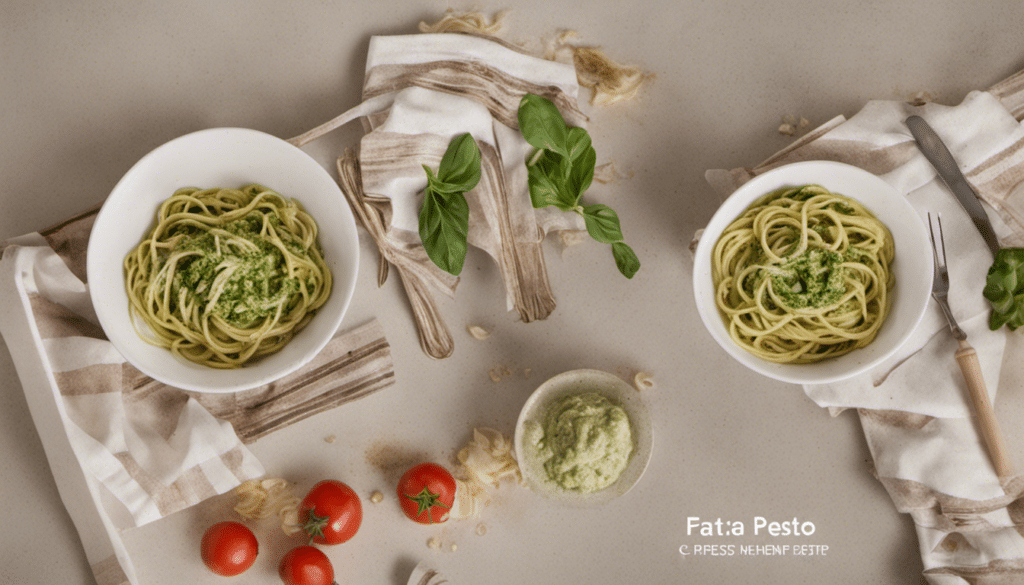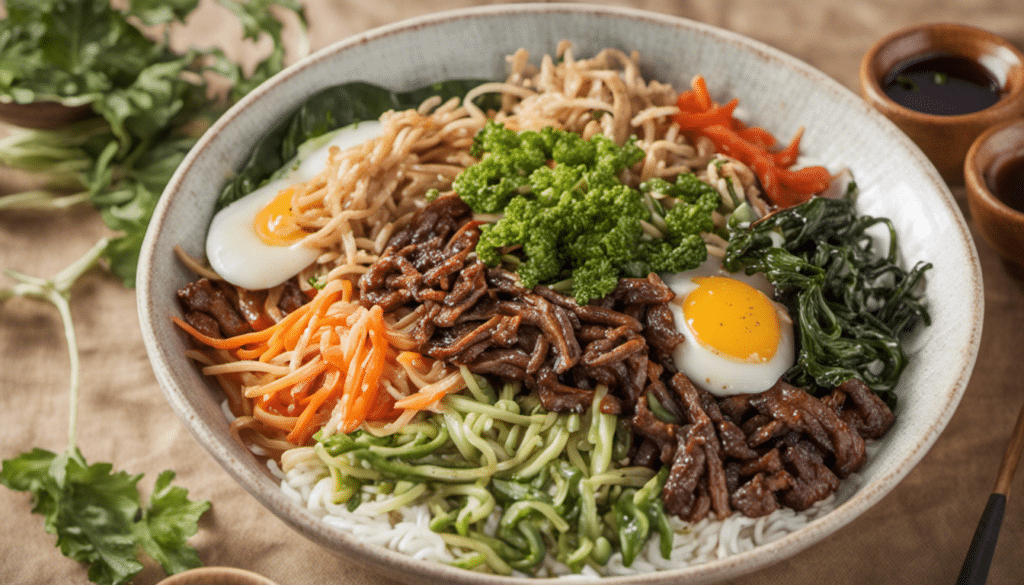| Prep: 60 mins | Cook: 48 hours (fermentation) | Difficulty: Medium | Serves: 6 |
| kcal | fat | saturates | carbs |
| 35 | 0.5g | 0.1g | 7g |
| sugars | fibre | protein | salt |
| 3g | 2g | 1.5g | 1g |
About a month ago, my partner and I decided to add a new twist to our diet – we decided to seek out a globally inspired, vegetable-based dish that would challenge our palates while providing immense health benefits. That’s when we stumbled upon the traditional Korean recipe of Kimchi using Napa Cabbage. The lively flavor and the sheer delight that it brought to our taste buds was a revelation.
That’s the beauty of food and trying out recipes from different cultures. You get to explore new worlds of tastes and textures while enjoying the ingredients that you wouldn’t typically come across in a traditional African-Southern culinary fusion that I specialize in. It goes to show, you never stop learning in the kitchen.
The Complexity of Flavor
There’s an assertive, almost impudent complexity to the flavor of Korean Kimchi using Napa Cabbage. The balance struck between the spicy, sour, and umami flavor profile is quite unmatched in any other vegetable-based recipe that I’ve come across. The Napa Cabbage, patiently marinated and fermented, soaks up the fiery gochugaru (Korean red pepper flakes) and the hints of seafood or fish sauce, resulting in the cabbage’s otherwise mild flavor to transform into something incredibly vigorous. The crunch and slight sweetness of the Korean radish add that extra dimension, culminating in a gastronomical experience that I can only label as exhilarating.
Health Benefits
Beyond the taste, the health benefits of this Korean Kimchi using Napa Cabbage recipe can’t be understated. The fermentation process increases the bioavailability of nutrients making Kimchi a great source of Vitamin C and other essential nutrients. Probiotic properties associated with it improves gut health, benefits the immune system, and has even been shown to help with weight loss.
Complementary Dishes
Korean Kimchi functions exquisitely as an appetizer or a side dish. Its bold flavor makes it the perfect companion to the milder, homely warmth of Southern dishes like grilled chicken or a beef stew. I have personally enjoyed it with Nigerian Jollof rice and the contrast of tastes and cultures on the plate simply added to the dining experience.
In the end, while my ancestry might be Nigerian and my food tradition deeply rooted in Southern United States, recipes like this make me feel interconnected in this global village of food enthusiasts. The exploration makes me appreciate the diversity and the unity it brings, as it’s the same universal love for food that makes us try something new and share that experience with others.
What You’ll Need
- 1 Napa cabbage (about 2 lbs)
- 1/4 cup sea salt
- 2 cups of water
- 1 tablespoon of grated garlic (about 5-6 cloves)
- 1 teaspoon of grated ginger
- 1 teaspoon of sugar
- 2-3 tablespoons of seafood flavor or fish sauce, optional
- 1 – 5 tablespoons of Korean red pepper flakes (gochugaru)
- 8 ounces of Korean radish or daikon, peeled and cut into matchsticks
- 4 green onions, cut into 1-inch pieces
Method
Step One
Begin by cutting the Napa cabbage lengthwise into quarters, and then cut a small slice from the bottom of each so the leaves are free from the core. Place the quartered Cabbage into a large bowl.
Step Two
Create a brine by dissolving the sea salt in the 2 cups of water. Pour this brine over the cabbage, then make sure each leaf is properly coated by getting in with your hands and rubbing the brine into them. Let this sit for about 2 hours, or until the cabbage has wilted and become soft. Remember to turn the cabbage over every 30 minutes to ensure an even brining process.
Step Three
While the cabbage is brining, you can start making your Kimchi paste. Begin by combining the grated garlic, grated ginger, sugar, either seafood flavor or fish sauce, and Korean red pepper flakes. Add the fish sauce or seafood flavor depending on your preference. As for the red pepper flakes, the amount you add will depend on how spicy you want the Kimchi. Start with 1 tablespoon, taste, and add more if required.
Step Four
To this paste, add the Korean radish or daikon matchsticks and the green onions. Mix these all together until they are coated in the red paste.
Step Five
When the cabbage has finished brining, rinse it a few times under cold water. Make sure to get rid of any excess salt by squeezing it out. Then, take a quarter of the cabbage, spread some paste onto each leaf, then roll it up and place into a jar.
Step Six
Once all cabbage rolls are in your jar, press them down so the cabbage is underneath its juices. If your jar is not full, you can dilute some salt in water and top the jar off with this brine.
Step Seven
Close the jar, leave it at room temperature for 1-2 days to start the fermentation. After this, you can refrigerate your Kimchi. It is recommended to wait another one or two weeks before eating, as this time allows the flavors to develop and the Kimchi to fully ferment.




